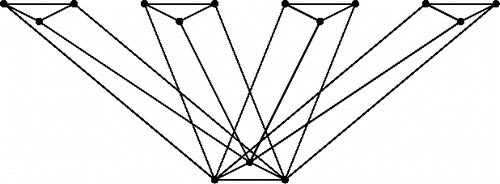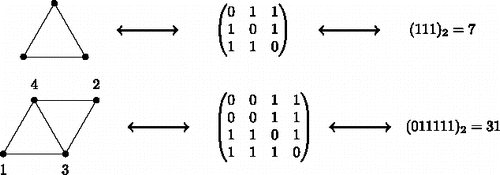Figures & data
Figure 1. Henneberg steps of different types in dimension 2; A dashed line indicates that this edge can exist but does not need to.

Table 1. Henneberg constructions and increase of Laman numbers.
Figure 6. Unique Laman graphs with 6 ⩽ n ⩽ 12 with maximal number of embeddings (see , encodings see ).
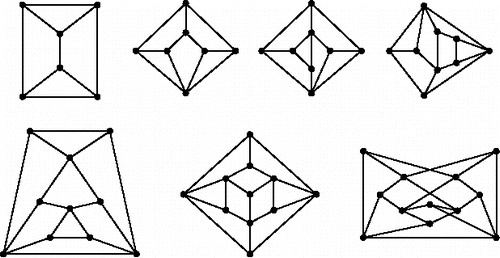
Table 2. Minimal and maximal Laman number among all n-vertex Laman graphs; the minimum is 2n − 2 and it is achieved, for example, on Laman graphs that are constructible by using only Henneberg steps of type 1. The row labeled with “lower” contains the bounds from [CitationEmiris et al. 09].
Table 3. With MT(n) we denote the maximal Laman number of the graphs in T(n). In the row below we give the highest Laman numbers that we have found so far by looking at graphs in S(n) (exhaustive for n ⩽ 15 but incomplete for n > 15).
Table 4. Growth rates (rounded) of the lower bounds. For n ⩽ 12 these values are proven to be the best achievable ones; for n > 12 the values are just the best we found by experiments, hence it is possible that there are better ones. The drawings of the graphs corresponding to the last three columns are given in . The encodings for the graphs can be found at: caterpillar (), fan T(n) (), fan (), 31-fan (), 254-fan (), 223-fan and 239-fan (), 7916-fan ().
Figure 7. Laman graphs in T(n) with 12 ⩽ n ⩽ 18 vertices; for each n the graph with the largest Laman number among the Laman graphs in T(n) is displayed. The corresponding Laman numbers are given in (encodings see ).
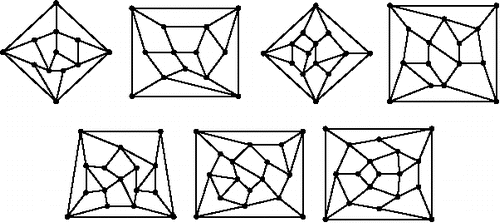
Figure 8. Circular embedding of the Laman graphs with maximal Laman numbers for 6 ⩽ n ⩽ 12. Note that these are the same graphs that are displayed in .
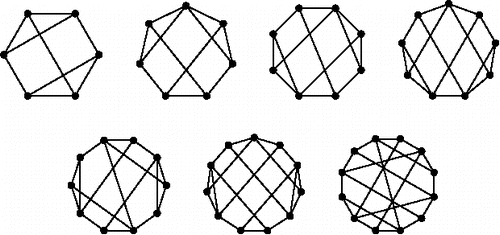
Figure 9. For n = 13, …, 18, we display the graph from S(n) with the highest Laman number (given in ) found so far (encodings see ).

Figure 10. Laman graphs with 7 ⩽ n ⩽ 12 vertices that have the four-vertex Laman graph (encoded as 31) as a subgraph; below their Laman numbers are given. In some cases, there are several Laman graphs with this subgraph property and with the same Laman number, but among all Laman graphs that have this subgraph there does not exist one with higher Laman number (encodings see ).
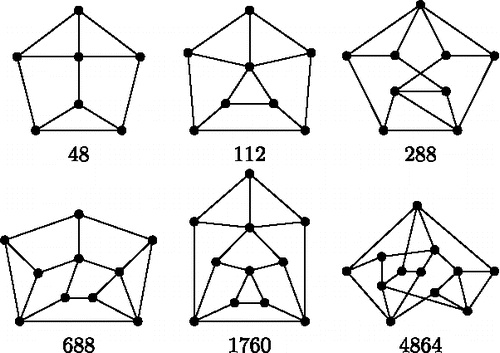
Figure 11. Growth rates of the lower bounds (red = caterpillar construction, blue = fan construction, green = 31-fan construction, fuchsia = 254-fan construction, brown = 7916-fan construction). The light colors indicate values that were not found by exhaustive search and which therefore could possibly be improved.

Figure 12. Henneberg steps of different types in dimension 3; a dashed line indicates that this edge can exist but does not need to.
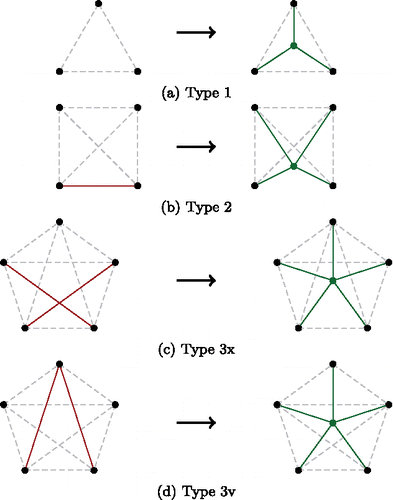
Table 5. Henneberg constructions and increase of 3D-Laman numbers.
Figure 14. Geiringer graphs with 6 ⩽ n ⩽ 10 vertices; for each n the (unique) graph with maximal number of embeddings is depicted. The corresponding 3D-Laman numbers M3(n) are given in (encodings see ).

Figure 15. Growth rates of the lower bounds (red = caterpillar construction, blue = fan construction, green = generalized fan construction).
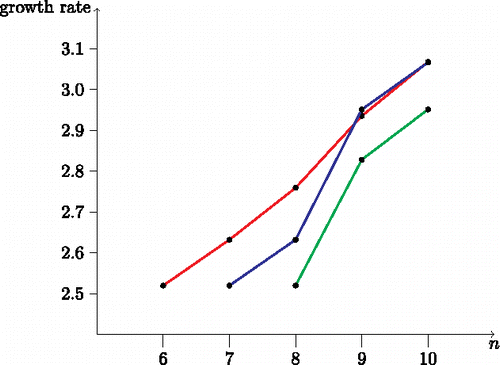
Table 6. Minimal and maximal 3D-Laman number among all n-vertex Geiringer graphs; the row labeled with “min” contains the lowest 3D-Laman number which is found by computation. The row labeled with “upper” contains the bounds from [CitationBorcea and Streinu 04].
Table 7. Growth rates (rounded) of the lower bounds. The encodings for the graphs can be found at: caterpillar (), fan (), generalized fan ().
Table 8. Graph encodings for the graphs with maximal Laman number (see ).
Table 9. Graph encodings for the graphs in T(n) (see ).
Table 10. Graph encodings for the graphs in S(n) from .
Table 11. Graph encodings for graphs which contain the triangle as subgraph and have high Laman number.
Table 12. Graph encodings for the graphs from and further graphs which contain the 4-vertex Laman graph as subgraph and have high Laman number.
Table 13. Laman graphs which have the 5-vertex graph with encoding 254 as subgraph.
Table 14. Laman graphs which have the 5-vertex graph with encoding 223 and 239 as subgraph, respectively.
Table 15. Laman graphs which have the three-prism with encoding 7916 as subgraph.
Table 16. Graph encodings for the Geiringer graphs with maximal 3D-Laman number (see ).
Table 17. Graph encodings for the Geiringer graphs which contain the tetrahedron.
Table 18. Graph encodings for the Geiringer graphs which contain the double tetrahedron.



